Cómo medir tu tensión en una muestra y cómo hacer los cálculos en un patrón.
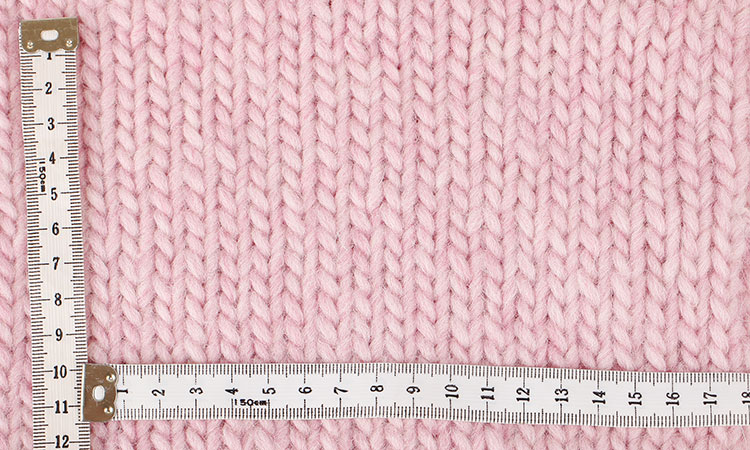
Esta descripción puede ser utilizada tanto para las labores de punto como para las labores de ganchillo.
Esta es la manera como hacemos los cálculos en un patrón a partir de la tensión de tejido obtenida en una muestra:
Siempre verificar el esquema de medidas para descubrir cuál es la talla que necesitas.
Ver aquí para una lección acerca de cómo leer nuestros esquemas de medidas.
Cálculo:
El patrón es calculado de manera que las medidas proporcionadas en el esquema sean las medidas de la prenda terminada.
Para este cálculo, necesitamos saber cuál es la tensión de la muestra, y después el procedimiento es el siguiente:
Si 10 cm de ancho = 20 puntos de ancho,
Entonces 1 cm de ancho es (20/10) = 2 puntos.
Si la medida de ancho del cuerpo es de 48 cm, entonces necesitamos
48 cm x 2 puntos = 96 stitches.
Consecuencias:
Si obtienes 22 puntos en 10 cm en vez de 20 puntos, tu prenda será 5 cm más angosta que las medidas en el diagrama.
Todos los conteos de puntos indicados en el patrón son calculados a partir de la tensión de la muestra y esto afecta todo: p. ej. la forma del escote – los aumentos en las mangas – la orilla de montaje – el raglán, etc.
De manera que necesitas cambiar el tamaño de la aguja :)
Tensión y muestra:
Muestra:
Para asegurarse de que las medidas en tu prenda = las medidas en el patrón, siempre debes comenzar por hacer una muestra – para obtener la tensión de tejido correcta.
Montar más puntos de los indicados para la muestra para 10 cm de ancho y tejer un poco más de 10 cm en altura, comenzando con el tamaño de aguja sugerido.
Si la tensión es de:
20 puntos de ancho y 27 hileras de alto con punto jersey = 10 x 10 cm.
Colocar una cinta métrica en la pieza y contar los puntos:
20 puntos = 10 cm de ancho y 27 hileras de alto = 10 cm.
Resultado / consecuencia:
Más de 20 puntos – cambiar para un tamaño de aguja más grande
Menos de 20 puntos – cambiar para un tamaño de aguja más pequeño.
Una vez encontraste el tamaño de aguja correcto, estás lista para comenzar.
No olvides verificar tu tensión a medida que tejes; puede variar a medida que avanzas en la labor.
Tamaño de aguja correcto o equivocado:
Tamaño de aguja:
No existe un tamaño correcto; todas las personas tejen de manera diferente.
El tamaño de aguja proporcionado es meramente orientativo.
Descubre el tamaño de aguja para obtener la muestra correcta – si necesitas usar una aguja tamaño 6 mm, cuando el patrón sugiere una aguja tamaño 4 mm, entonces hazlo.
Nuestro propio equipo de diseño utiliza diferentes tamaños de agujas cuando tejen con el mismo hilo. Esto es muy común.
Tipos de agujas:
Esto es algo personal.
Existen agujas hechas de madera, bambú, metal, plástico, así como de otros materiales.
Cada quien descubre su favorita, y es normal obtener una tensión diferente cuando se usan diferentes tipos de agujas (circulares, de doble punta, etc.).
De manera que si no funciona cuando realizas una muestra con – por ejemplo – agujas de metal, experimenta usar agujas de otro material, como el abedul, y averigua si obtienes mejores resultados.

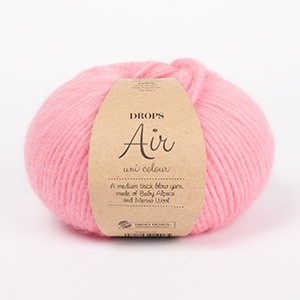





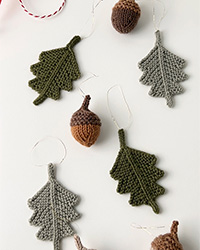
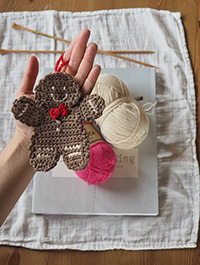
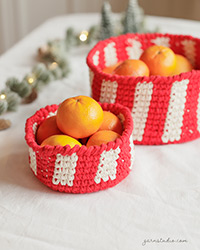
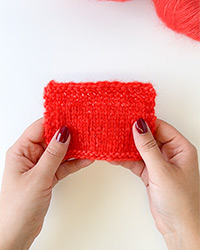
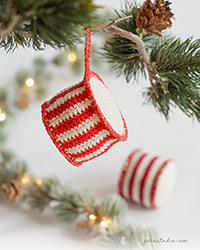
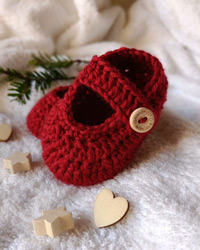
Hei. Minulla on ongelmanatiukka käsiala. Joudun luomaan vähintään puolet enemmän silmukoita työhön kuin ohjeessa neuvotaan. Löysempi käsiala tulee rumaa. Miten tämä vaikuttaa työn edetessä, onnistuuko lainkaan?
12.08.2022 - 10:16